Welcome to the long-overdue 10th edition of the Ideas on Design Digest! This time, I will cover topics mostly related to sustainability and a personal worry about the role of designers in the society. Last time, I wrote about Design Swedishness & Industrial Design at Apple. If you missed that, you can read it here.
New reports predicting a cataclysmic temperature rise not far into the future have been making the rounds, again. Since Al Gore’s An Inconvenient Truth in 2006, such warnings have become so common that I now wonder: are we even capable of preventing it?
This topic has bothered me for most of my adult life. I want to have a positive impact. But a positive impact that doesn’t end with changing one’s habits, like becoming vegan, buying less, separating trash, or using public transportation. I think such choices matter, obviously, but I can’t help but feel a sense of hypocrisy in how I ignore my own contribution as part of a system that perpetuates the very problems that bother me. What is the role of a designer in all of this?
Design education encourages new designers to use design as a tool for social change and sells them on the idea that fancy design methodologies can solve all kinds of problems. It is exhilarating, but everything always stays the same, because the reality is that the system keeps incentivizing companies chasing infinite growth on the back of a planet with finite resources.
I hope that at some point, we can all find the courage to challenge that – collectively, individually, and as designers.
Other things on my mind:
Ordinary Things for People and the Planet
The Office of Ordinary Things is the design studio behind the branding for Daylight Computers. They define themselves as a climate, sustainability, and social good-focused design studio who “only work(s) with organizations who seek to benefit the earth or society”. This is a strong, and maybe the best positioning I have come across for a branding agency looking to do good – with work that looks good.
→ Daylight Computers branding project
Sustainable Low Carbon Web Design
I must admit, the websites featured on Lowwwcarbon are not of the same creative quality as most of the work found on platforms like Awwwards. But there's huge value in designing something that is both good and has minimal environmental impact, especially if we consider that the carbon footprint of the internet is equivalent to that of all the flights around the world.
→ Lowwwcarbon gallery
Coexistence of Man and Nature
After the closure of the centenary Maschinenfabrik Oerlikon in the North of Zurich, Burckhardt in collaboration with Raderschall Landschaftsarchitekten designed this distinctive "park house" that is built to match the dimensions of the former factory. I wasn't aware of this project from the early 2000s, but I love architecture projects that offer a more harmonious relationship between cities, people and nature.
→ MFO Park architecture project
Uncertain Times Call for Regenerative Design
In this 2020 podcast episode and respective notes, Sesh, a Senior Strategist at frog London, shares how the climate crisis and the COVID-19 pandemic have motivated her to explore regenerative design methods. I really enjoyed listening and discovering some new things, like the Doughnut Diagram.
→ Listen to the podcast
In Hot Water in Stop Motion
This spot by Nomint for WWF, in the context of the COP29 2024 summit, is one of the most beautiful things I’ve seen recently – maybe because of how fitting the haunting voice from Tom York is. This stop-motion film was “shot entirely on a thermal camera.” I don’t know exactly what that implies, but the whole aesthetic looks great.
→ More about the project
Accessible Learning Interfaces for Everyone
The Neurodiversity Design System (NDS) is a collection of standards and principles aimed at helping you create better online learning experiences, for everyone, including learners with various neurological profiles, from Dyslexia to ADHD, Dyspraxia, etc. Created and maintained by Will Soward, the NDS offers guidance across a range of topics and dimensions, from font selection to button functionality.
→ Neurodiversity Design System
The Future of the Responsible Company
I couldn't write a letter about design and sustainability without covering something related to Patagonia and its commitment to stop "ecological bankruptcy." This business book, written by its founder, is somewhat of a critique of traditional capitalism, focusing instead on showing how to create companies that offer durable products with reduced environmental and societal impact.
→ Buy the book (not an affiliate link)
Job Picks of the Month
And before I leave you, here are some interesting open positions I found this month:
Mutabor - Art Director Corporate Identity (Hamburg)
Design for Human Nature - Senior Packaging & Branding Designer (Hamburg)
IKEA - UX Team Manager (Malmö, Delft)
Suno - Senior Brand Designer (New York)
Brand AI - Brand Strategist (Remote)
Ramp - Brand Designer (New York)
Craft - Senior Product Designer (Budapest, Remote)



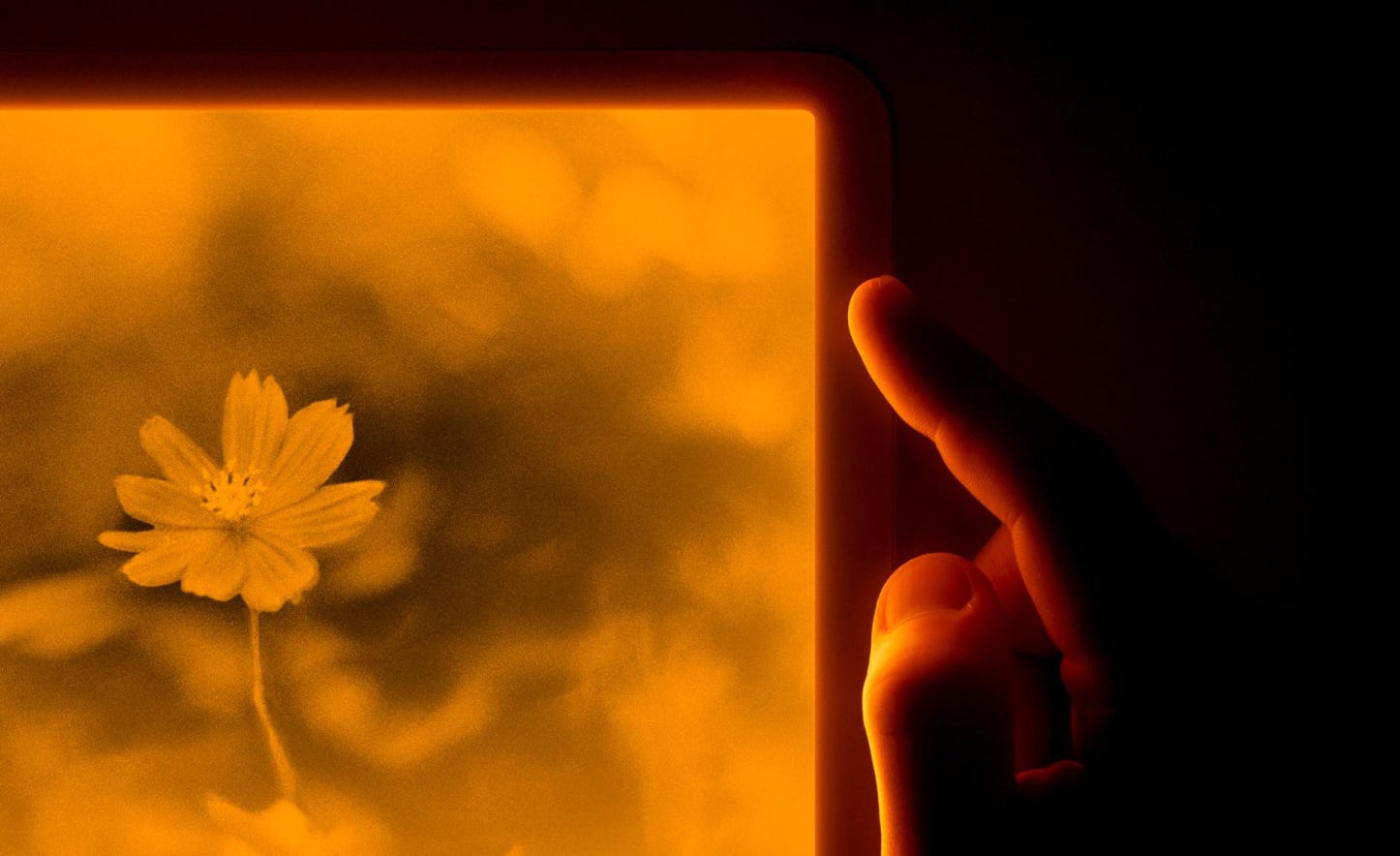
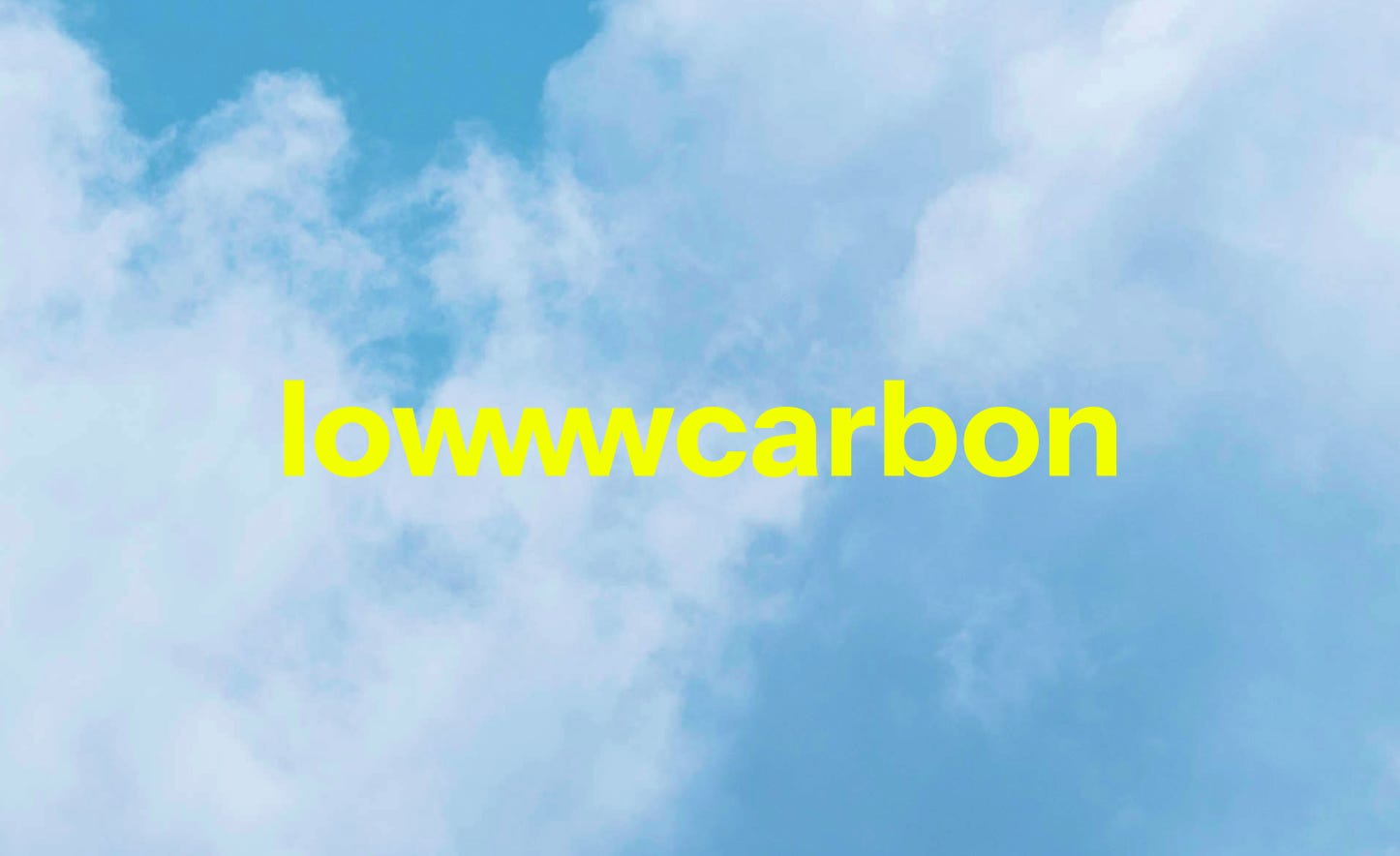
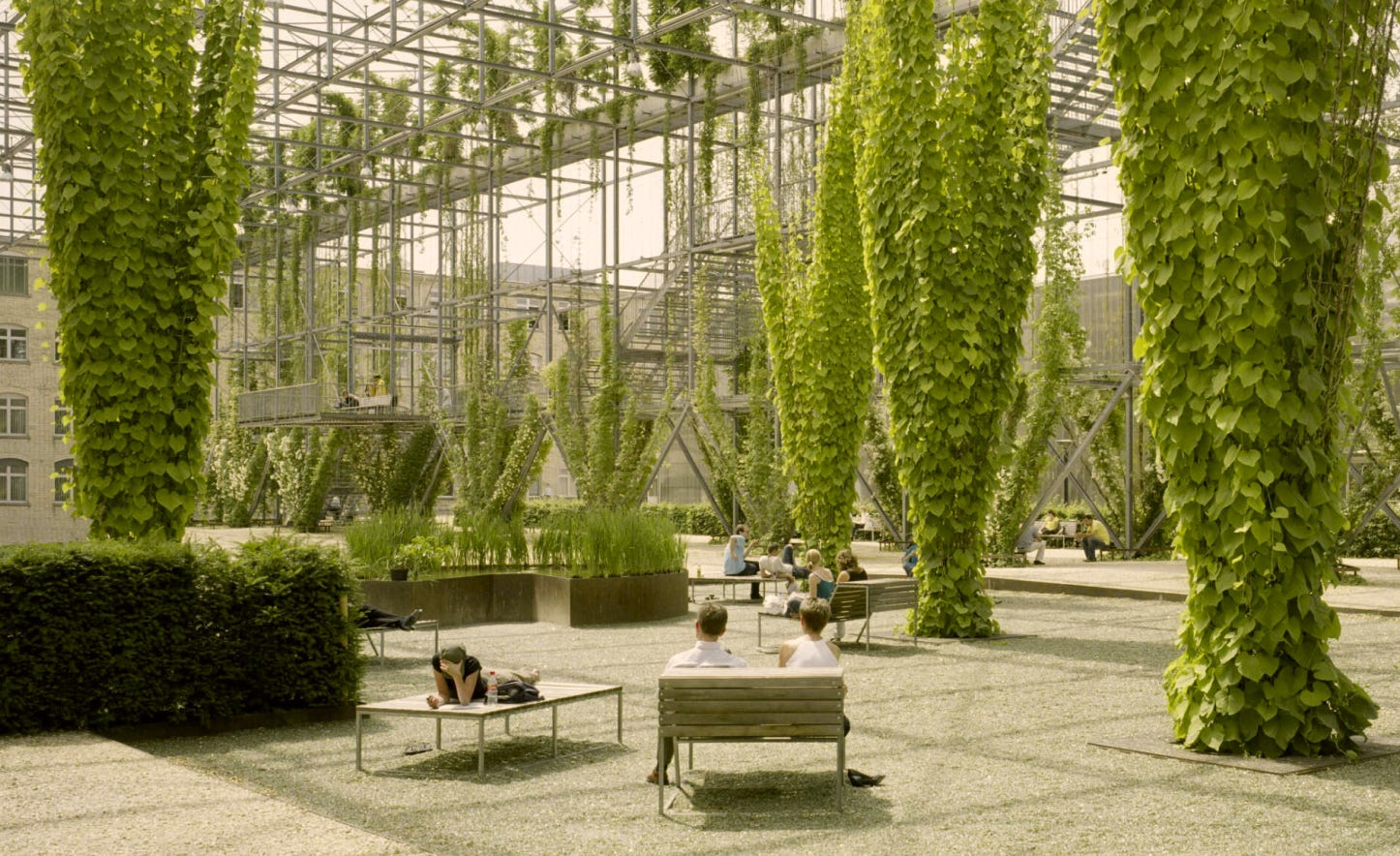
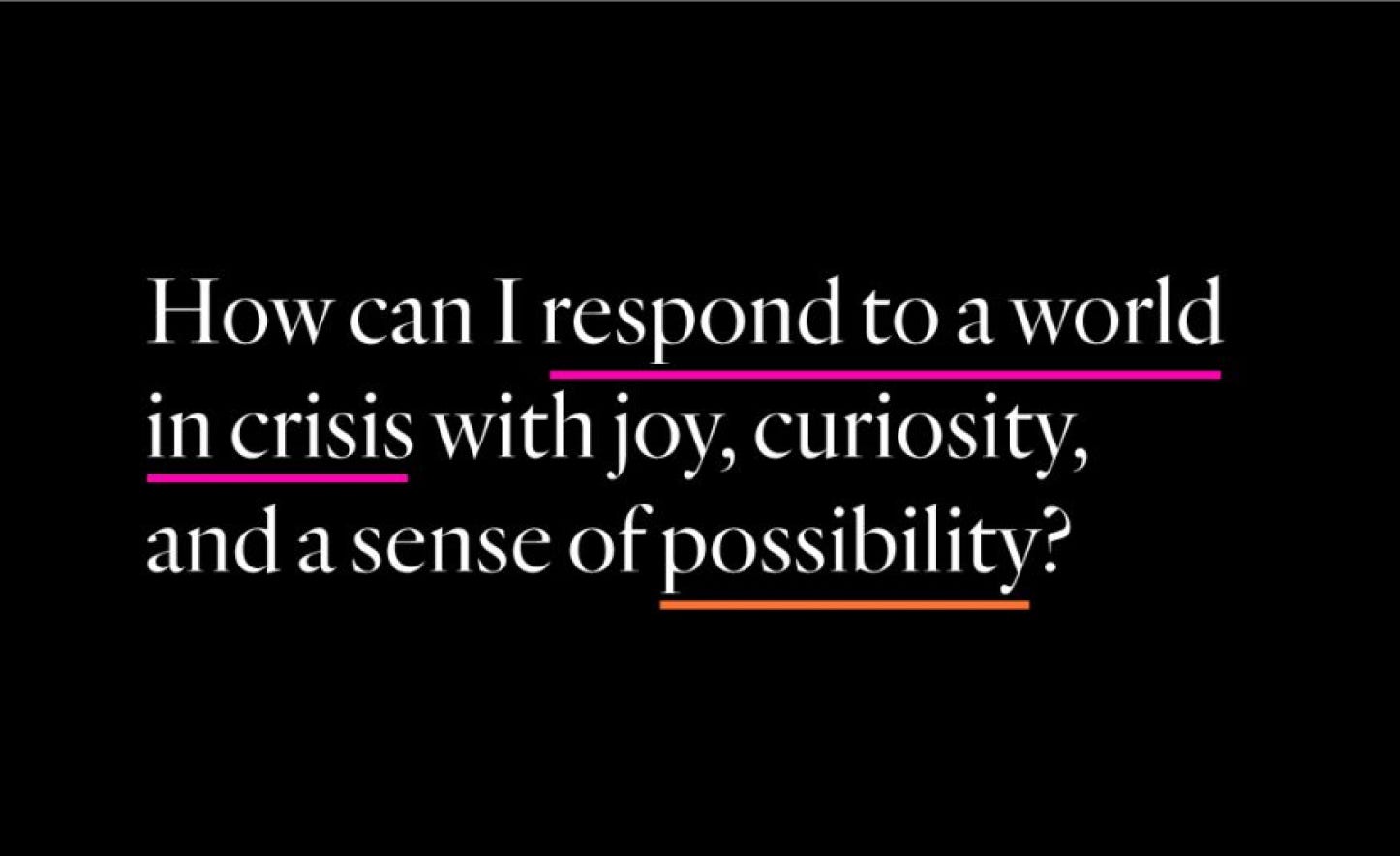
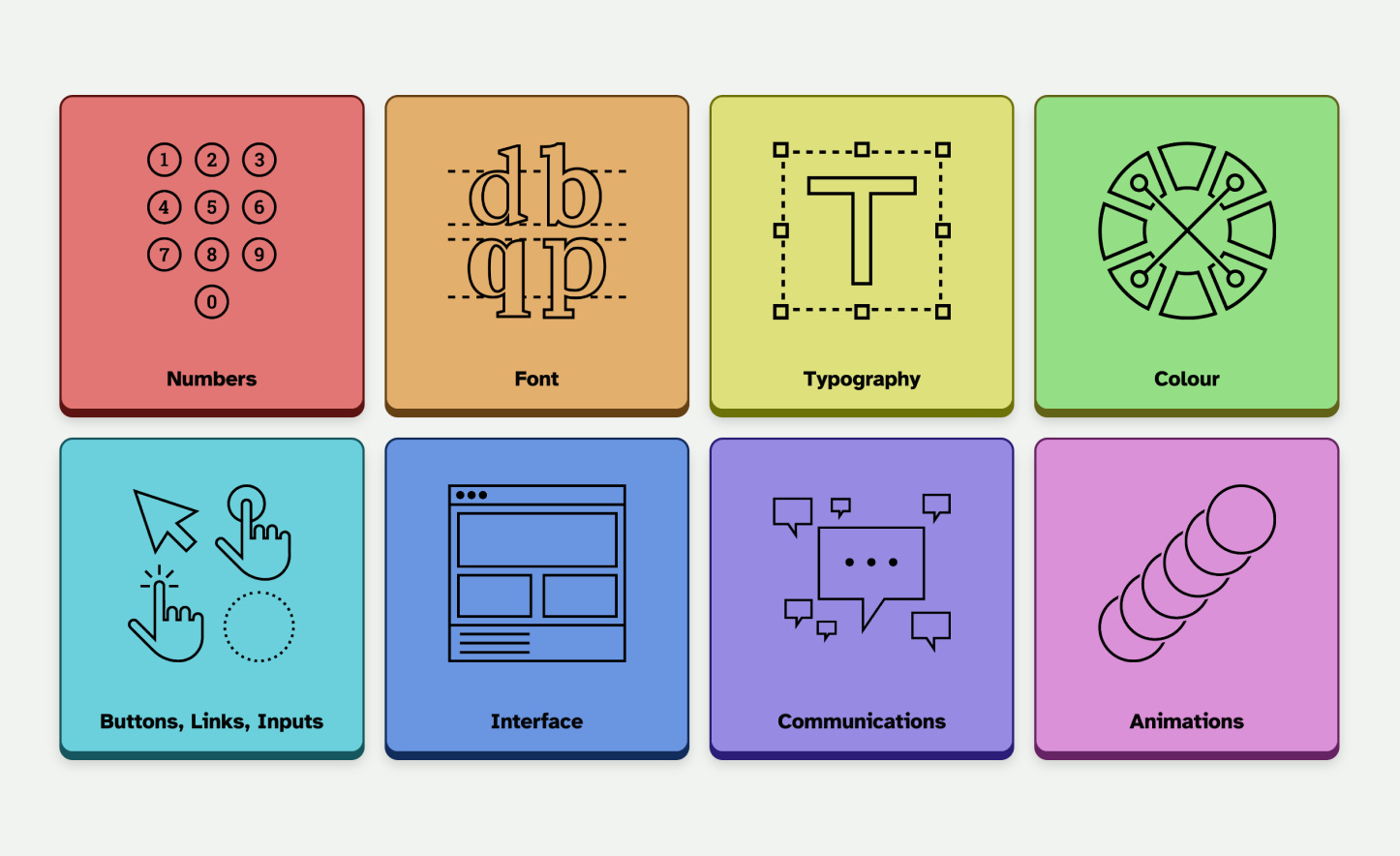
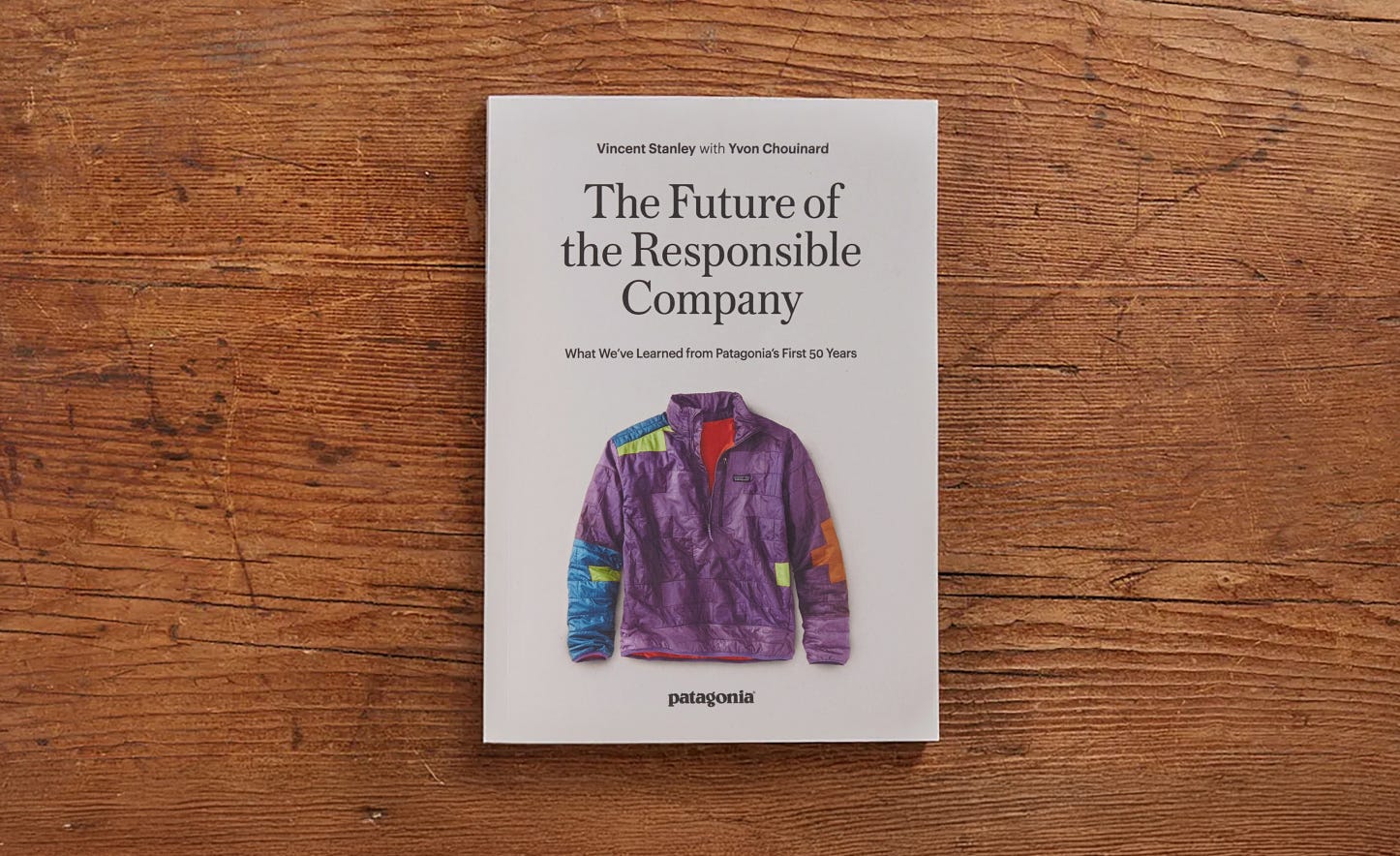
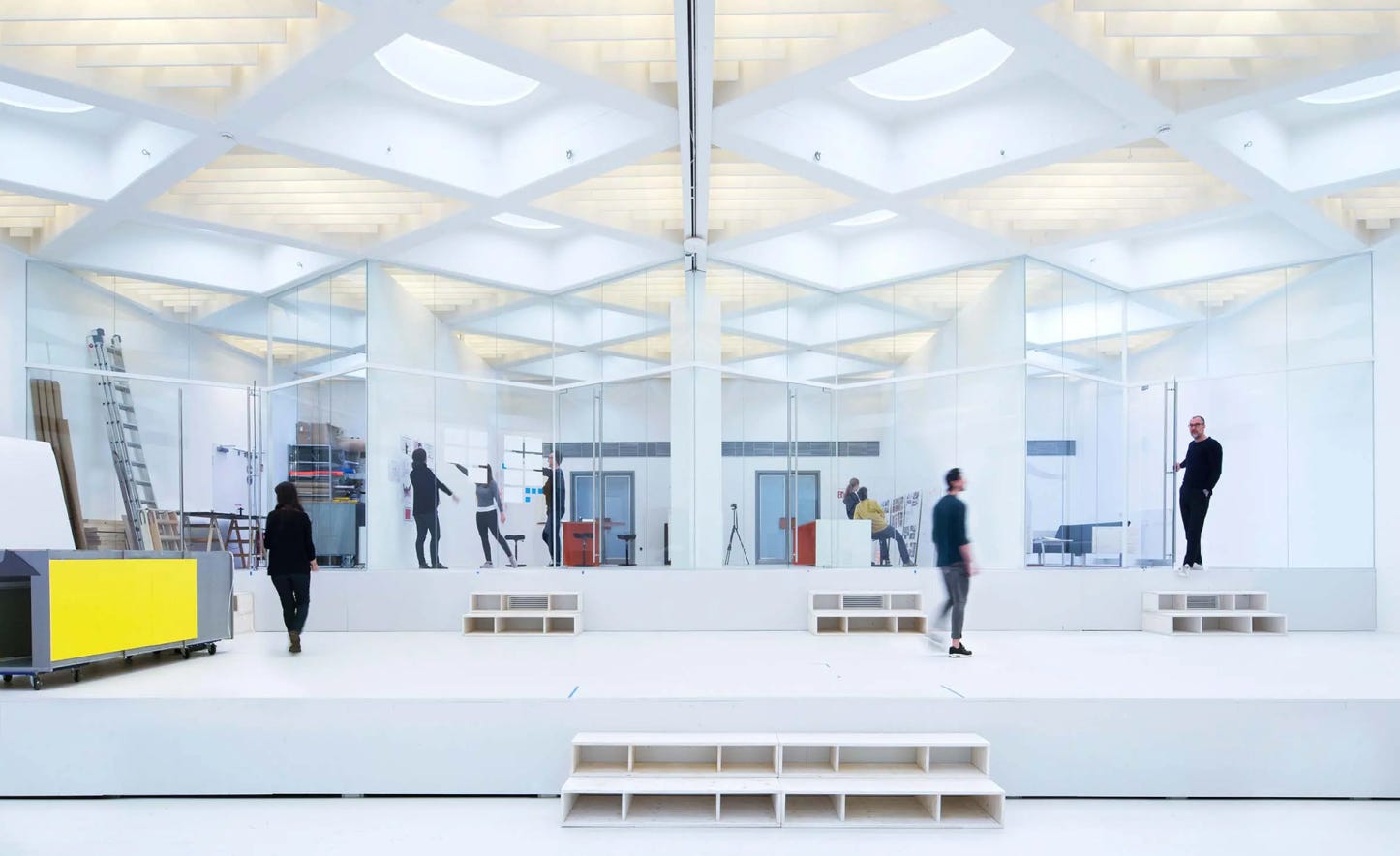
Great themed collection, thanks for sharing. Design for Planet is so important, and I'm lucky to be part of a B Corp that prioritises Design for Good.
Definitely sharing Beacon with the team - a cool calculator that I wasn't aware of.